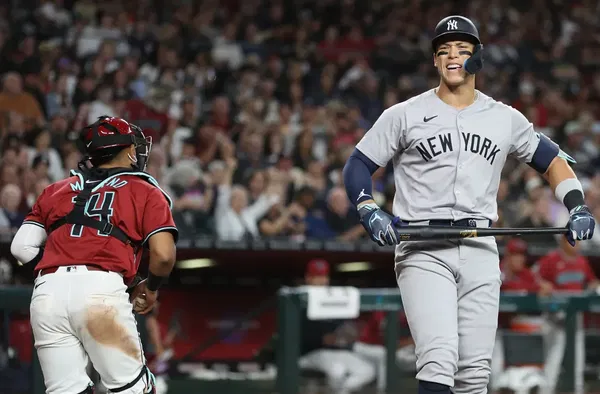
Aaron Judge’s flexibility in the Yankees lineup has provided Manager Aaron Boone with the freedom to optimize the batting order, adapting based on matchups and maximizing offensive potential. Judge has expressed that he’s open to hitting in various positions, even stating his preference to bat third but willing to adjust as needed. This adaptability allows the Yankees to make strategic decisions, particularly with players like Juan Soto and Jasson Domínguez, who can benefit from a fluid lineup. Judge’s approach contrasts with Rafael Devers of the Red Sox, who prefers stability and a fixed position, typically batting third, where he feels most comfortable. While consistency aids Devers’ rhythm, it limits the team’s ability to adjust against tough pitchers, potentially hindering offensive flexibility.
The debate between lineup flexibility and player stability has broader implications. The Houston Astros have successfully implemented lineup flexibility, winning multiple AL pennants and two World Series titles between 2017 and 2022. By shifting hitters based on matchups, like Alex Bregman and Yordan Álvarez moving between spots, the Astros maximized offensive production. In contrast, the Red Sox’s more rigid lineup approach has sometimes been limiting. For example, Manny Ramírez and J.D. Martinez were frequently kept in fixed positions, even when their performance against certain pitchers suggested a change would be beneficial.

While player stability can help individual performance, it restricts a manager’s ability to optimize the lineup dynamically. Aaron Judge’s willingness to embrace flexibility provides the Yankees with an edge, allowing them to counter opponents effectively. On the other hand, Devers’ preference for a set role emphasizes the balance that must be struck between player comfort and lineup adaptability. The Yankees’ success, in part, may stem from their ability to make strategic lineup adjustments without internal pushback, whereas the Red Sox have sometimes struggled to adapt, showcasing the value of flexibility. The key, as always, is finding the right balance between the two approaches.